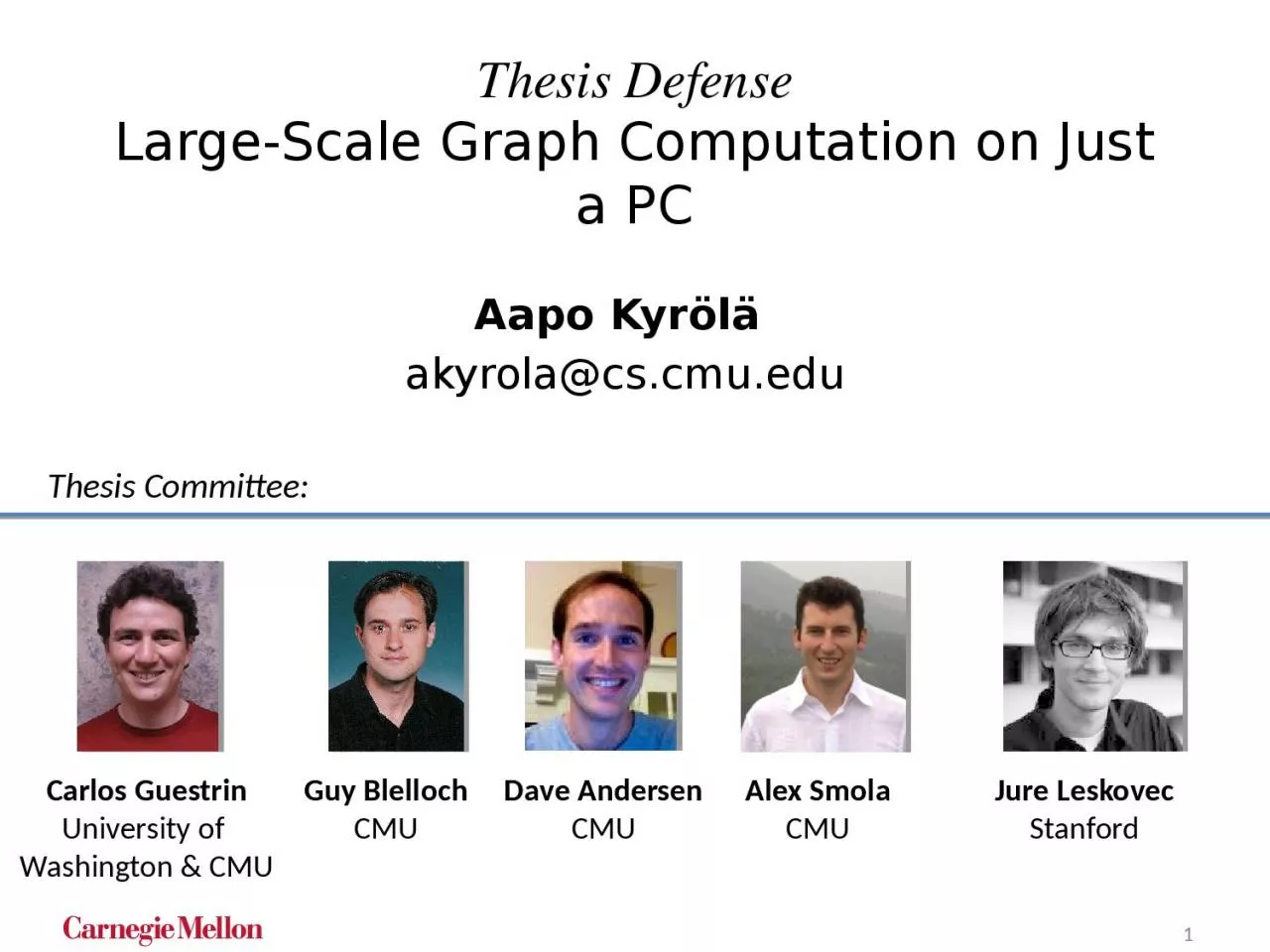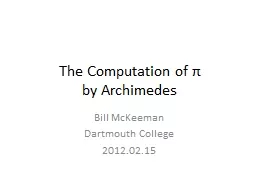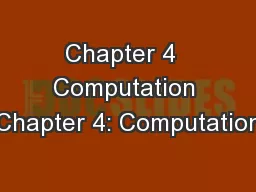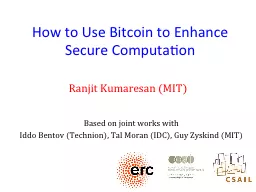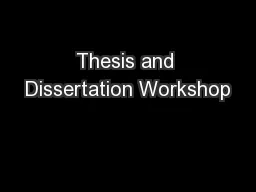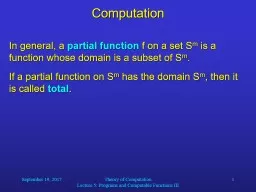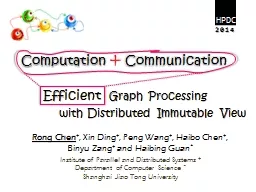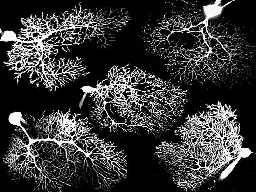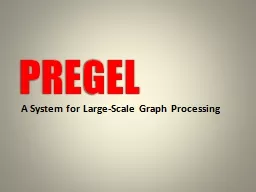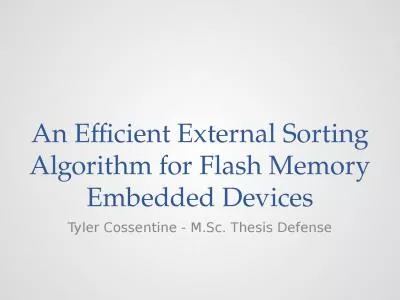PPT-Thesis Defense Large -Scale Graph Computation on
Author : elena | Published Date : 2024-02-09
Just a PC Aapo Kyrölä akyrolacscmuedu Carlos Guestrin University of Washington amp CMU Guy Blelloch CMU Alex Smola CMU Dave Andersen CMU Jure Leskovec Stanford
Presentation Embed Code
Download Presentation
Download Presentation The PPT/PDF document "Thesis Defense Large -Scale Graph Comput..." is the property of its rightful owner. Permission is granted to download and print the materials on this website for personal, non-commercial use only, and to display it on your personal computer provided you do not modify the materials and that you retain all copyright notices contained in the materials. By downloading content from our website, you accept the terms of this agreement.
Thesis Defense Large -Scale Graph Computation on: Transcript
Download Rules Of Document
"Thesis Defense Large -Scale Graph Computation on"The content belongs to its owner. You may download and print it for personal use, without modification, and keep all copyright notices. By downloading, you agree to these terms.
Related Documents

